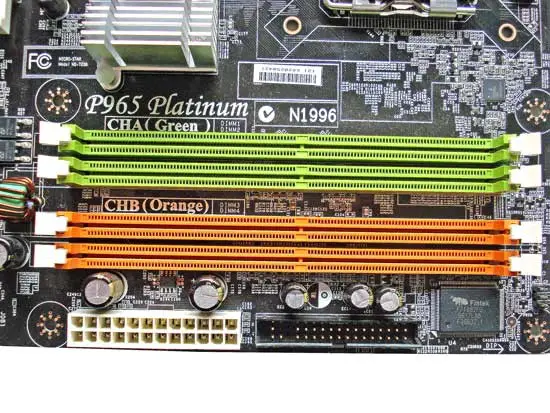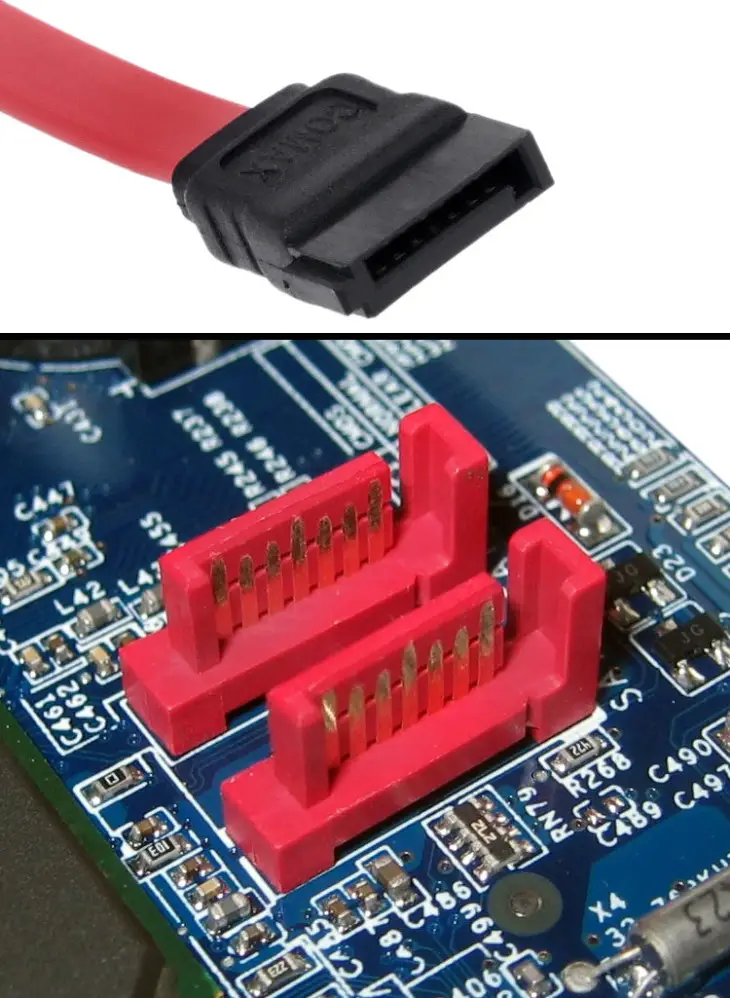
Computers, like all technology, evolve unstoppably. Many users decide to expand the capabilities of their equipment thanks to new internal components that expand or add improvements to the whole..
Inside a tower, if we focus on desktops, we will find a motherboard with a multitude of different connectors, connectors that change every few years. Do you know what all of them are for and their functions? We are going to know the evolution of the most representative ones.
The CPU socket or socket

This internal connector is one of the least changed (not evolved) over the years. In essence it is the same: a socket , generally square, where the computer processor or CPU is attached without any type of soldering, simply placing it on top of the corresponding electronic pins (they can range from 40 to more than 1300 pins) in a specific position. and only.
CPU manufacturers are responsible for varying the connection technology of these sockets with the new models, since each motherboard is compatible with only one type of socket (generally). Above this socket we usually find a heat sink next to a fan so that when the temperature of the processor rises while working, it remains stable..
RAM Memory Slots

Other connectors that have evolved in their proper measure have been the RAM memory slots . As with CPU sockets, these slots have only evolved in a contained way to give rise to new connectors that support new types of memory.
Currently, DDR SDRAM type memories are used , whether they are DDR 2 (obsolete), DDR3 (current ones) or the new DDR4 memories that are beginning to be established. The main differences between these memory modules are the voltages used and the number of pins included..

In the DDR3 modules we find 240 pins while in the new DDR4 we find 280. There is only one way to insert them (easily deduced by the distance of the intermediate notch existing in the module itself).
The RAM memory slots are usually separated by groups of two or by colors (if the board has more than two slots, of course). This means that they use dual channel technology: by plugging a pair of equal RAM memories into those connectors, those memories will be accessed simultaneously, increasing performance.
Hard drive connectors or DVD players

Connectors for hard drives and drive drives have evolved dramatically over the years. Before, the queen of these connections was a so-called ATA or IDE that had 40 pins and was capable of transmitting information at a speed of 166 MB / s and supporting two devices per connector, a master and a slave.

Today the ATA interface has disappeared to make way for the SATA interface , the current standard, with a much smaller connector. The SATA interface achieves a data transfer speed of 600 MB / s (in its SATA III version) and allows “point-to-point” connections of just one device, although now we can connect many more individual SATA devices to the same motherboard.
Expansion buses or slots: PCI, AGP and PCI Express

Over the years motherboards have incorporated a large number of different buses . These buses are direct connections with the circuitry of the board that allow adding extra chip circuits to expand functions: sound cards, capture cards, graphic cards, new connectors, etc. It is also true that they can be left without use without affecting the normal operation of the computer.
In the nineties there were ISA slots, which gave way to the more restrained PCI. The maximum transfer speed of a PCI slot was 133 MB / s. Currently they are still valid on some plates, but they are obsolete.

The need to circumvent the bottlenecks caused in the PCI slots in the 1990s when using graphics cards led to the creation of the AGP port (it is called a port and not a bus because only one type of device can be used in it ) to which we could connect the new graphics cards. The AGP port was capable of 2133 MB / s transfer speeds.
In the middle of the last decade, in 2004, the new bus appeared that has become the current standard, displacing both the PCI buses and the AGP connectors, it is the PCI Express .

PCI Express has several different configurations : single lane (x1), four lanes (x4), or 16 lanes (x16). Each connector has a different size and is used for a different component depending on its power.
The x16 connectors are used for current graphics cards, which in PCI Express version 4.0 are capable of reaching up to 31,508 GB / s of transfer speed and the lower x1, which are usually used to connect network cards or other less peripherals demanding, they reach up to 1969.2 MB / s. The x4 connectors, of course, multiply by 4 the speed of the x1 and are also used for specific peripherals such as network cards, etc.